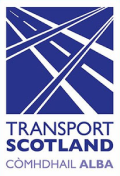SUSTRANS MAP OF CYCLE ROUTES IN SCOTLAND
Cycling through Scotland is the perfect way to see and absorb much more at your own pace. Experience the country from the saddle of a bike, and immerse yourself in our amazing landscapes, history, and culture. With the Sustrans cycle map, you’ll find routes for cycling adventures and for easy and relaxed days in the outdoors.


